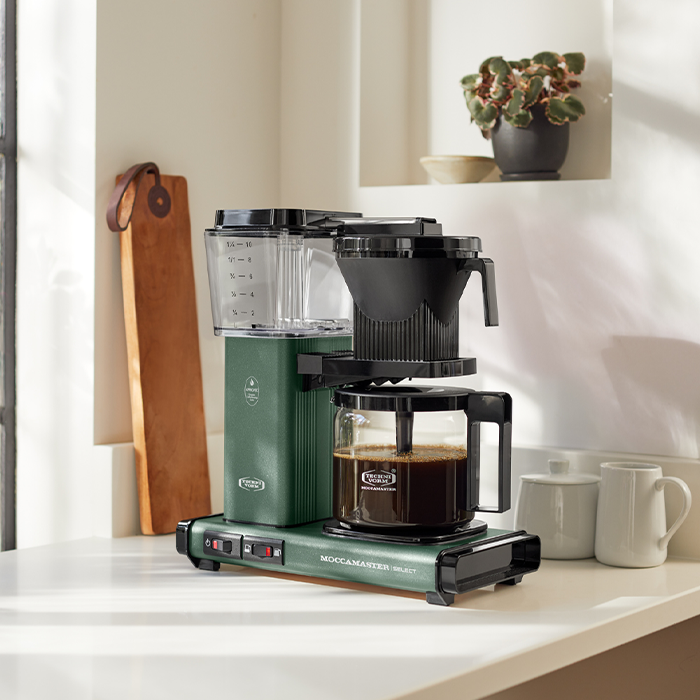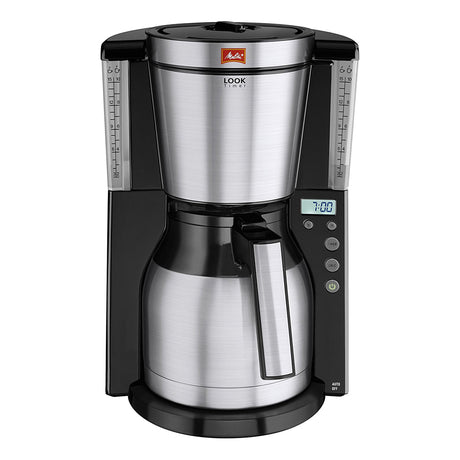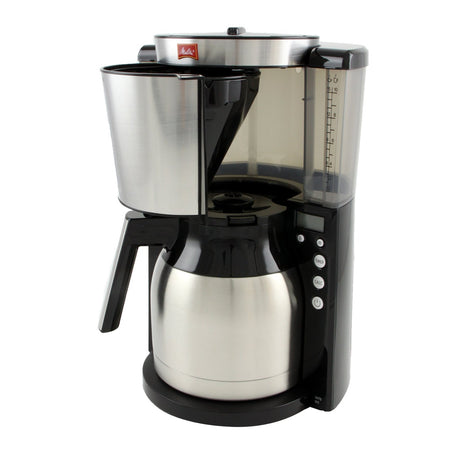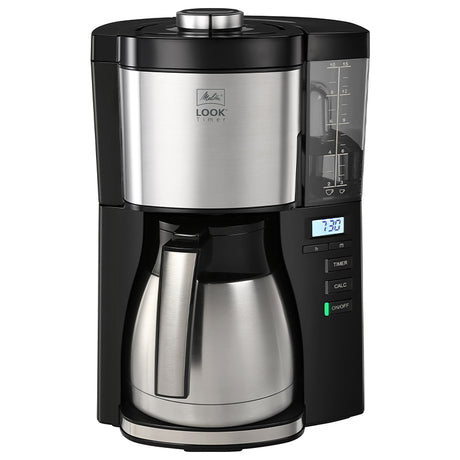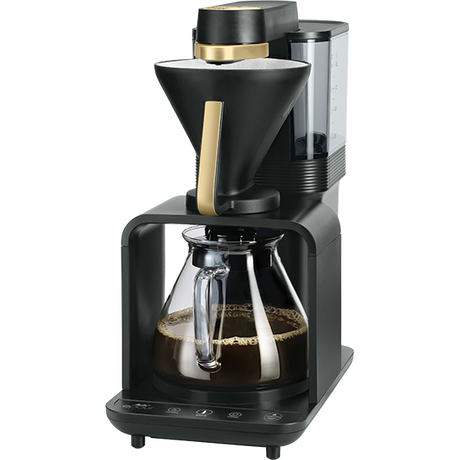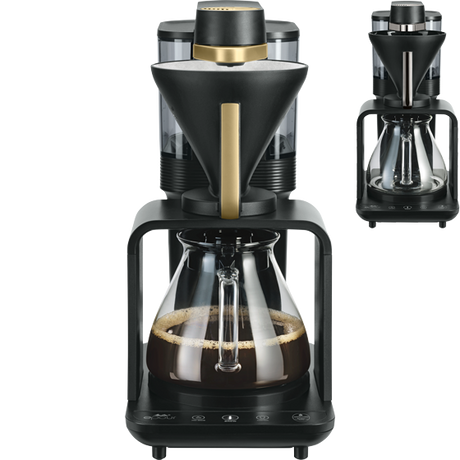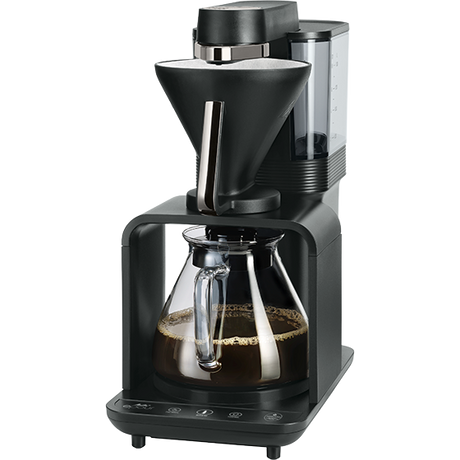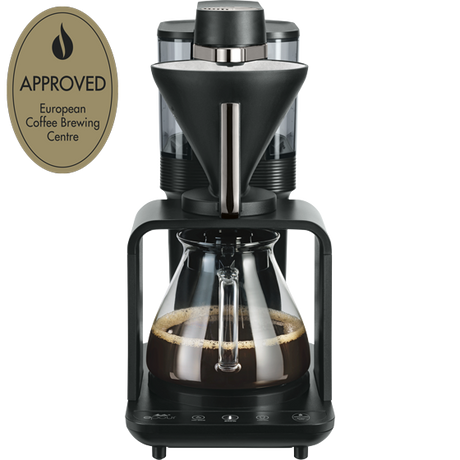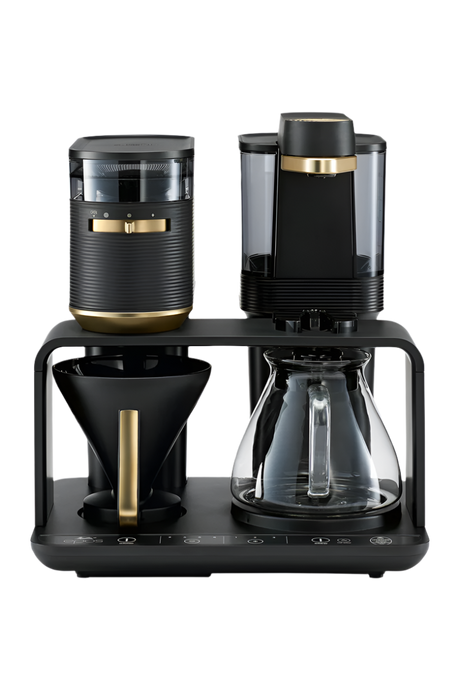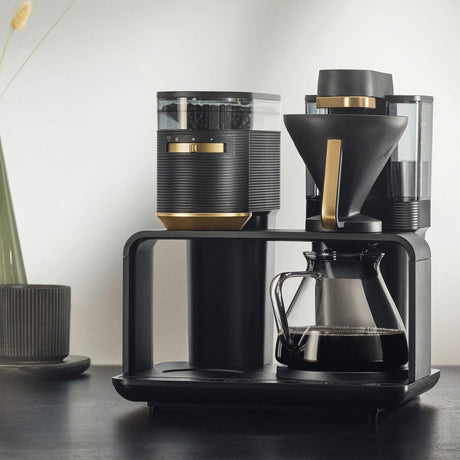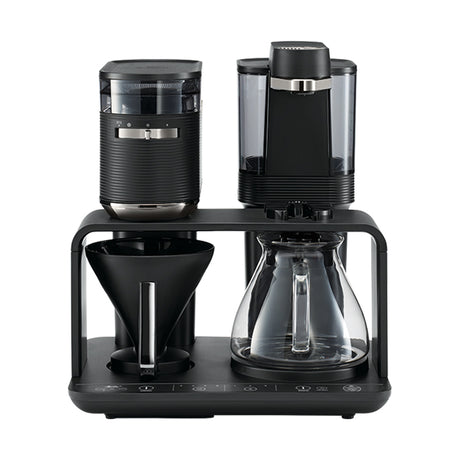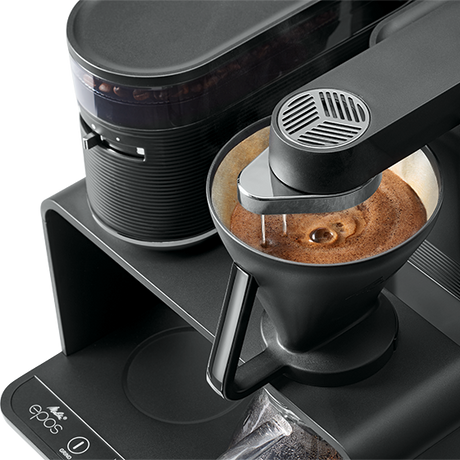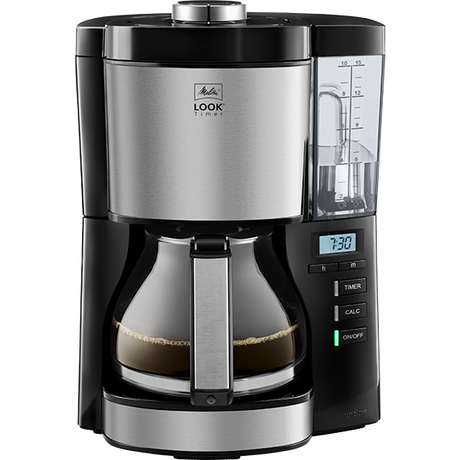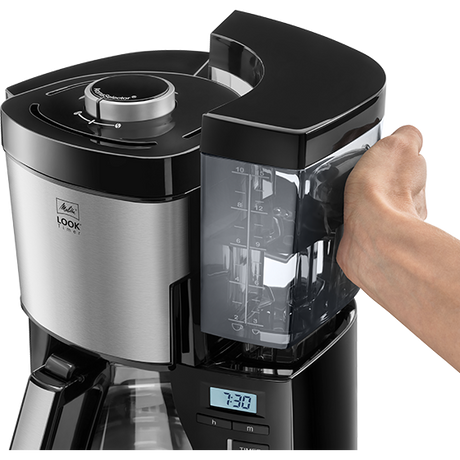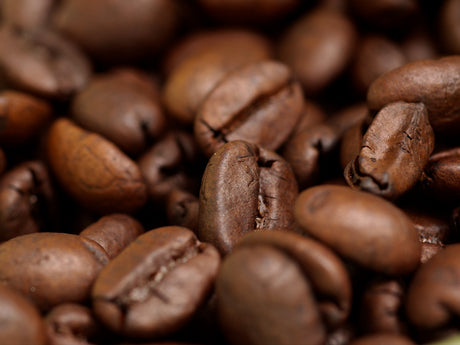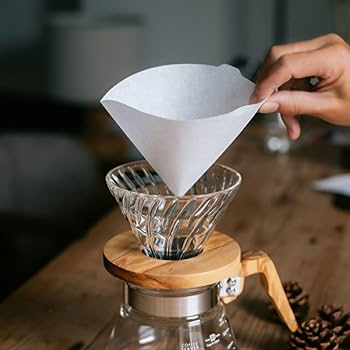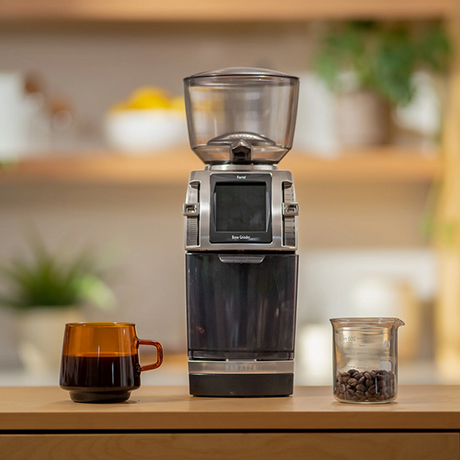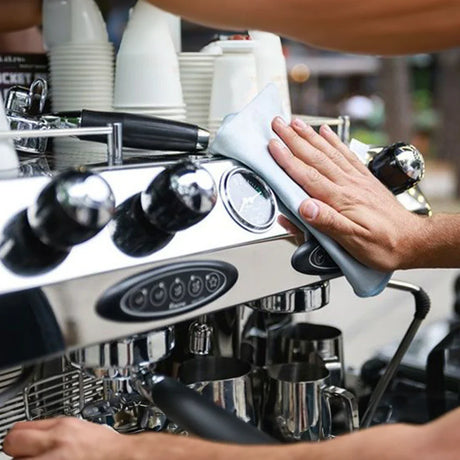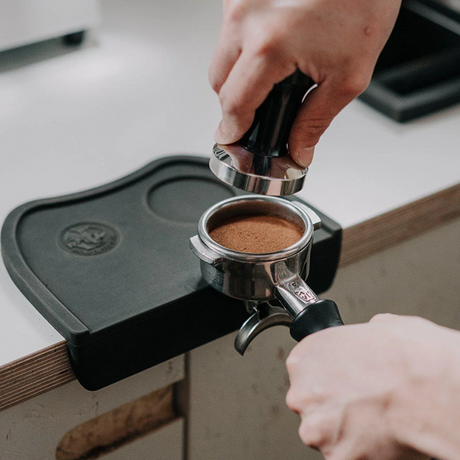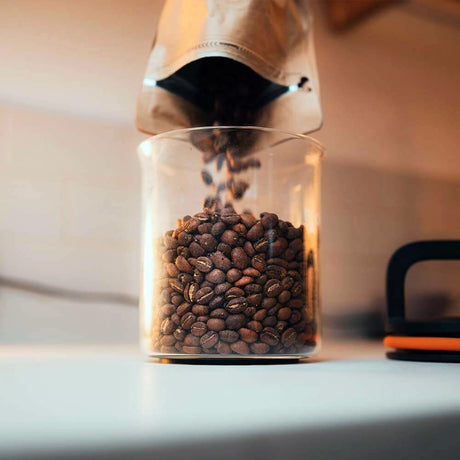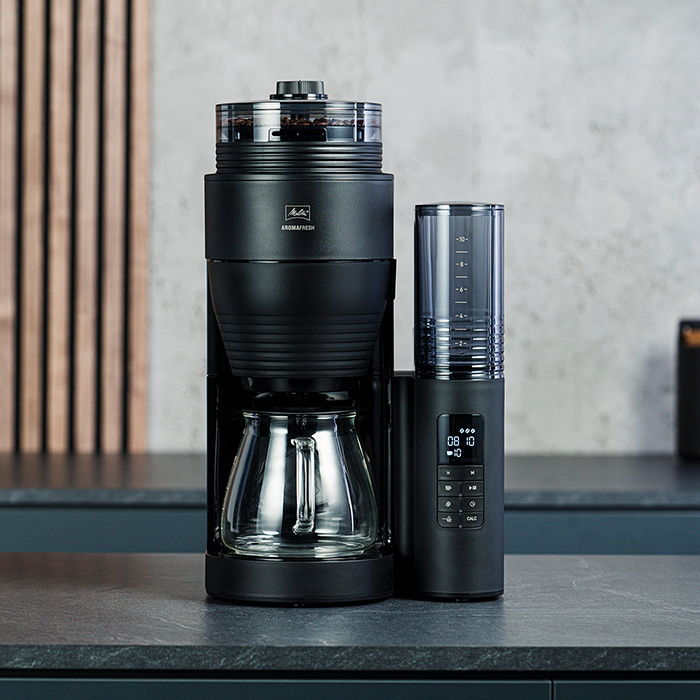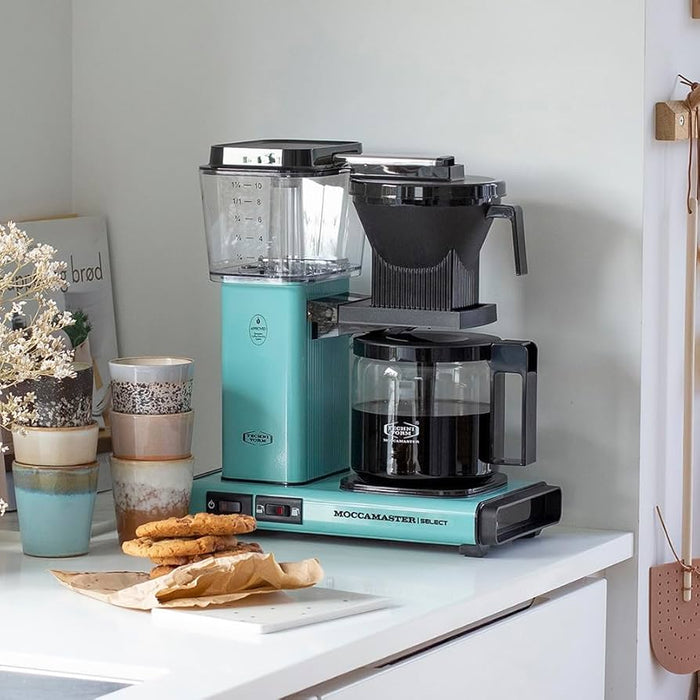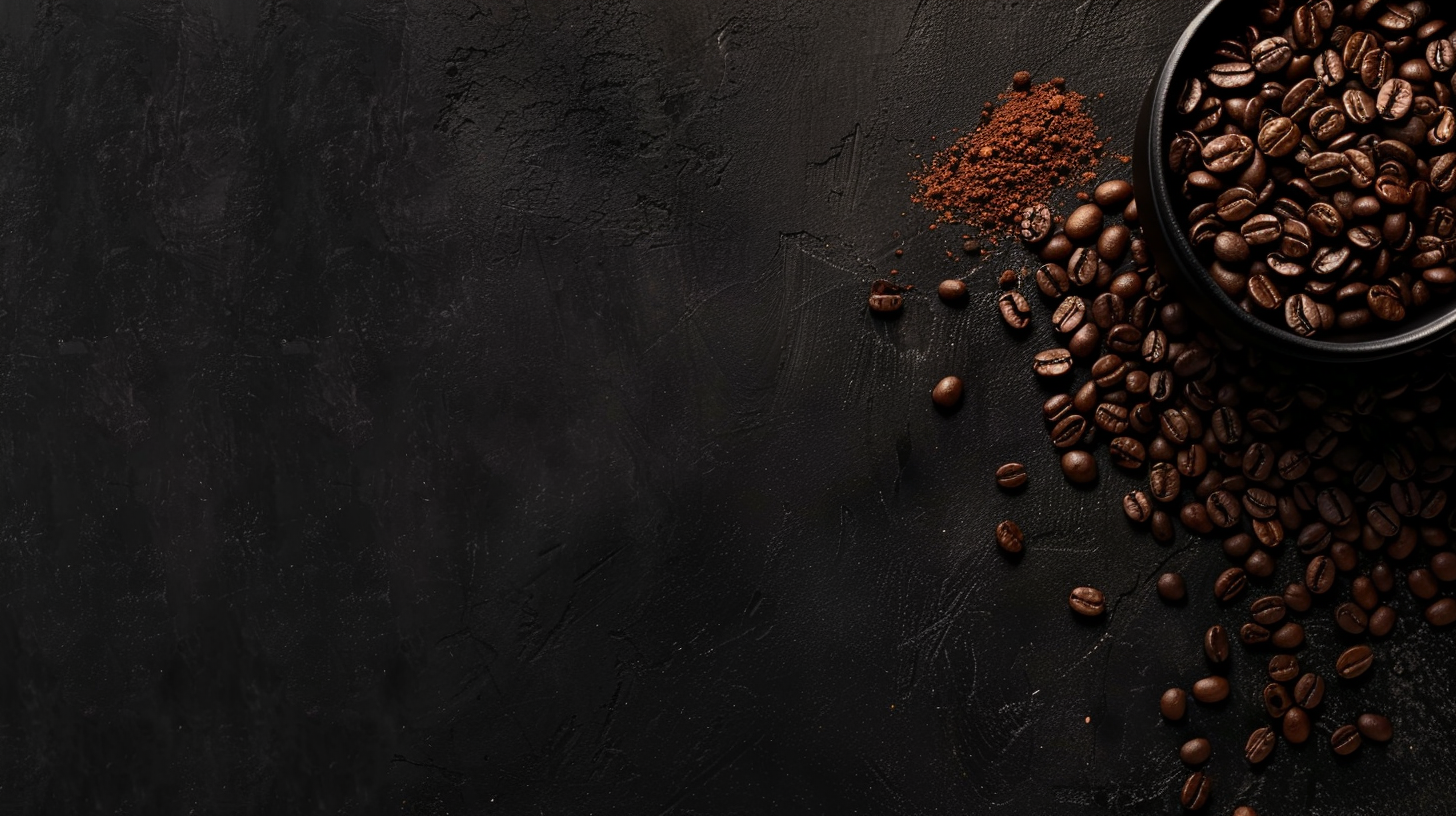Melitta
Melitta Look IV Therm Timer Filter Coffee Maker - Black
£69.99£89.99Unit price /UnavailableMelitta
Melitta AromaFresh II Grind & Brew Filter Coffee Machine
£129.95£234.95Unit price /UnavailableMelitta
Melitta Look V Therm Timer Filter Coffee Machine - Black & Silver
£82.95£149.95Unit price /UnavailableMelitta
Melitta EPOUR Elecronic Filter Coffee Machine Pour Over - Gold
£148.95£269.99Unit price /UnavailableMelitta
Melitta EPOUR Elecronic Filter Coffee Machine Pour Over - Chrome
£149.95£269.99Unit price /UnavailableMelitta
Melitta AromaFresh Therm Filter Coffee Machine (with Detachable Tank)
£166.99£229.99Unit price /UnavailableMelitta
Melitta EPOS Filter Coffee Machine with Built-in Grinder - Gold
£204.95£349.99Unit price /UnavailableMelitta
Melitta EPOS Filter Coffee Machine with Built-in Grinder - Silver
£228.95£349.95Unit price /UnavailableMelitta
Melitta AromaFresh Grind & Brew Filter Coffee Machine (with Detachable Tank)
£159.99£199.99Unit price /UnavailableMelitta
Melitta AromaFresh II Therm Pro Grind & Brew Filter Coffee Machine
£149.00£269.95Unit price /UnavailableMelitta
Melitta AromaFresh II Pro Grind & Brew Filter Coffee Machine
£154.95£269.95Unit price /UnavailableMelitta
Melitta Look V Therm Perfection Filter Coffee Machine - Black
£82.95£99.95Unit price /Unavailable
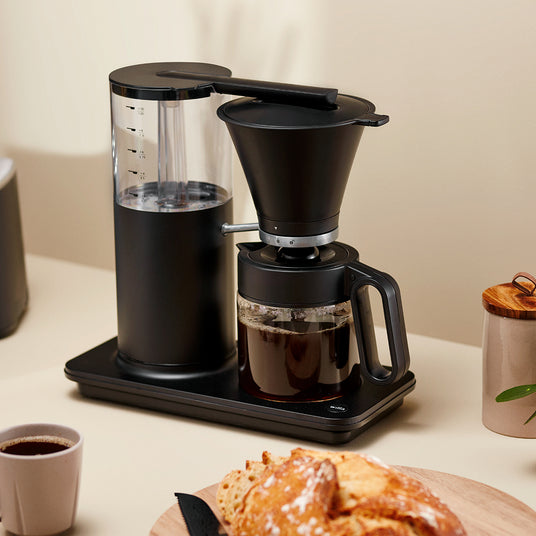
Choosing the Right Filter Coffee Machine
Finding the perfect filter coffee machine for your home or office can significantly improve your daily coffee experience. Here’s a quick guide to help you select the best one:
1. Consider Your Brewing Volume Needs
Think about how many cups you need to brew at once. For smaller households or single servings, machines like the Wilfa Classic+ are ideal, providing excellent quality for 1-4 cups. For larger events or offices, consider the Bravilor Novo, which are built to handle higher volumes and provide consistent brewing for multiple cups.
2. Look for Consistent Temperature Control
The ideal brewing temperature for coffee is between 92-96°C. Machines like the Moccamaster KBG and Sage Precision Brewer are known for their precise temperature control, ensuring optimal extraction and flavour in every cup.
3. Evaluate Design and Build Quality
If aesthetics and durability are important, consider options like the Ratio Six, which offers a sleek design with high-quality materials like stainless steel and glass. The Moccamaster KBG series, with its durable build and retro design, is also a great choice that balances style and longevity.
4. Consider Customisation and Brewing Features
If you enjoy experimenting with different brewing styles, machines like the Sage Precision Brewer offer a variety of settings, such as adjustable bloom time, flow rate, and temperature control, allowing you to customise each brew. For those who prefer a straightforward, consistent brew, the Melitta AromaFresh provides easy operation with a built-in grinder for added convenience.
5. Speed vs. Batch Size
If speed is a priority, especially in an office setting, consider machines like the Bravilor Novo, known for its fast brewing capabilities and ability to keep coffee warm without compromising flavour. For smaller, high-quality batches, the Wilfa Classic+ offers slower brewing to enhance extraction and flavour.
6. Ease of Use and Maintenance
Some machines, like the Moccamaster, are highly regarded for their simple, intuitive operation and easy maintenance with removable parts. Machines with built-in grinders, such as the Melitta AromaFresh, can be more convenient but may require more regular cleaning to keep the grinder functioning optimally.
7. Think About Coffee Freshness and Grind Size
Machines with a built-in grinder, like the Melitta AromaFresh, ensure fresh coffee every time. However, if you already own a high-quality grinder, a machine like the Sage Precision Brewer allows you to use freshly ground coffee to match your preferred grind size and flavour profile.
8. Consider Carafe Type
Glass vs. Thermal: Glass carafes, like those on the Moccamaster KBG, offer a classic look but require a hot plate to keep coffee warm, which can affect flavour over time. Thermal carafes, like those found with the Ratio Six, keep coffee hot for hours without the need for continuous heating, preserving the taste.
Frequently Asked Questions about Filter Coffee Machines
What is a filter coffee machine, and how does it work?
What is a filter coffee machine, and how does it work?
A filter coffee machine, also known as a drip coffee maker, brews coffee by dripping hot water over ground coffee in a filter. The water extracts flavours as it passes through the coffee grounds and then drips into a carafe or pot below. It's an easy and convenient way to make multiple cups of coffee at once.
How do I choose the right filter coffee machine for home use?
How do I choose the right filter coffee machine for home use?
Consider factors such as brewing volume, ease of use, and additional features like a built-in grinder or programmable settings. For smaller households, machines like the Wilfa Classic+, Moccamaster KBG are ideal, while larger models like the Bravilor Novo are better for brewing larger batches.
What grind size should I use for a filter coffee machine?
What grind size should I use for a filter coffee machine?
A filter grind (medium-coarse grind) is generally recommended for filter coffee machines. This grind size allows water to flow through the coffee grounds at the right pace, ensuring balanced extraction and flavour. Adjust the grind size slightly finer or coarser based on your taste preference and the specific machine you use.
How often should I clean my filter coffee machine?
How often should I clean my filter coffee machine?
Clean the carafe, filter basket, and any removable parts after each use. Descale the machine every 1-3 months, depending on water hardness and usage, to prevent mineral build-up that can affect both performance and taste. Use a descaling solution or a mixture of water and vinegar to clean the internal components.
What are the benefits of a thermal carafe vs. a glass carafe?
What are the benefits of a thermal carafe vs. a glass carafe?
A thermal carafe keeps coffee hot for hours without needing a hot plate, which helps preserve the coffee’s flavour and aroma. Glass carafes typically sit on a hot plate, which can overheat the coffee and cause bitterness over time. Choose a thermal carafe if you prefer to keep your coffee warm without altering its taste.
How much coffee should I use in a filter coffee machine?
How much coffee should I use in a filter coffee machine?
A good starting point is to use a coffee-to-water ratio of 1:15 to 1:17. This means about 60 grams (around 8 tablespoons) of coffee per litre of water. For a smaller brew, use roughly 15 grams (2 tablespoons) of coffee for every 250ml (1 cup) of water. Adjust the ratio based on your taste preference for a stronger or milder brew.
How can I use different filter types (paper vs. metal) to influence flavour?
How can I use different filter types (paper vs. metal) to influence flavour?
Paper filters typically produce a cleaner cup by filtering out oils and fine particles, resulting in a brighter flavour. Metal filters allow more oils and fines through, which can create a fuller-bodied cup with more mouthfeel. Depending on the desired taste, switching between filter types can provide different sensory experiences.
How do I troubleshoot common issues like bitterness or weak flavour in filter coffee?
How do I troubleshoot common issues like bitterness or weak flavour in filter coffee?
Bitterness often indicates over-extraction. Try using a coarser grind, reducing water temperature, or shortening the brew time. Weak flavour could mean under-extraction; use a finer grind, increase the coffee dose, or adjust the water-to-coffee ratio. Regular cleaning and proper maintenance of the machine are also crucial to prevent off-flavours.
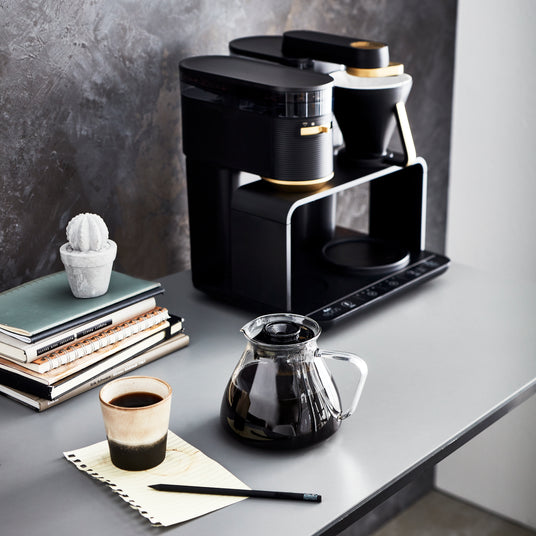
How to Brew Coffee in a Filter Coffee Machine
Brewing coffee in a filter coffee machine is simple and convenient. Follow these steps to make a delicious cup every time:
1. Prepare Your Equipment and Ingredients
- Filter Coffee Machine
- Freshly Ground Coffee: Use filter grind (a medium-coarse grind).
- Filter Paper or Reusable Filter
- Water
2. Add Water
Fill the water reservoir with fresh, cold water. Use the markings on the tank to match the number of cups you want to brew. For reference, 1 cup typically equals 180 ml of water.
3. Measure and Add Coffee Grounds
Use about 60 grams of coffee per litre of water (roughly 2 tablespoons per cup). Place a filter in the filter basket and add the coffee grounds, ensuring they are levelled for even extraction.
4. Select Your Brewing Settings
Set your machine to the desired brew strength and cup quantity. Some machines allow you to adjust the grind size, strength, and brewing time for a customised brew.
5. Start Brewing
Press the start button or set a timer if your machine has one. The machine will heat the water to the optimal temperature and drip it over the coffee grounds, extracting the flavours into the carafe.
6. Serve and Enjoy
Once the brewing cycle is complete, pour the coffee into your cup. If using a glass carafe, serve immediately to avoid bitterness. Thermal carafes keep coffee hot for longer without overheating.
7. Clean the Machine
After brewing, discard the used grounds and filter. Rinse the filter basket and carafe. Regularly descale your machine to prevent mineral build-up and ensure optimal performance.

